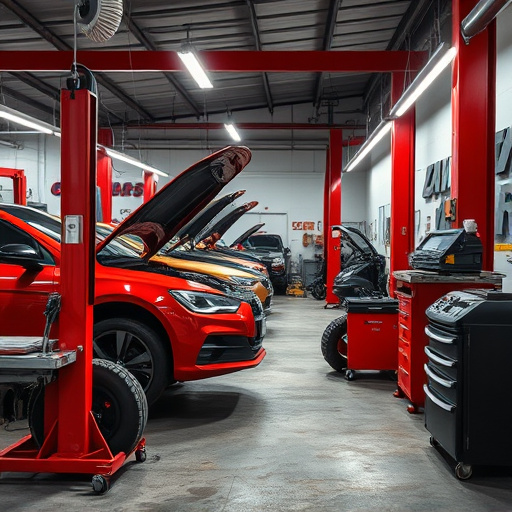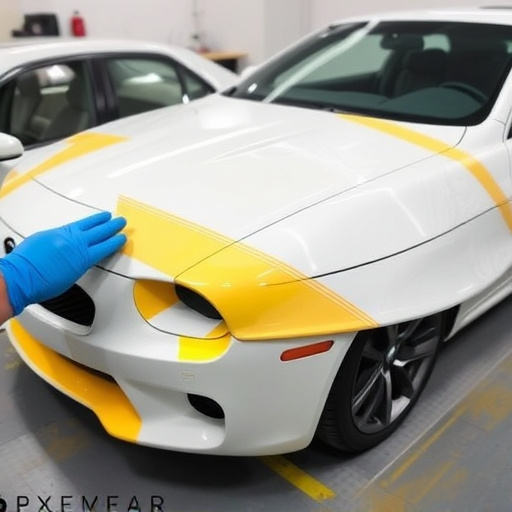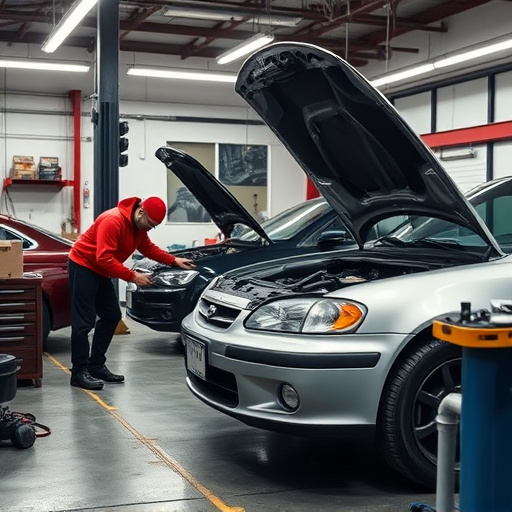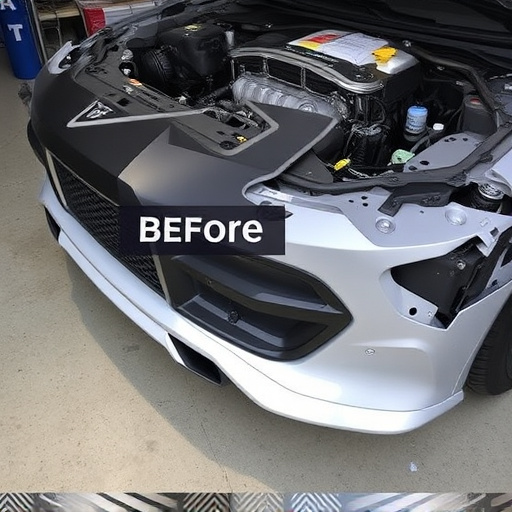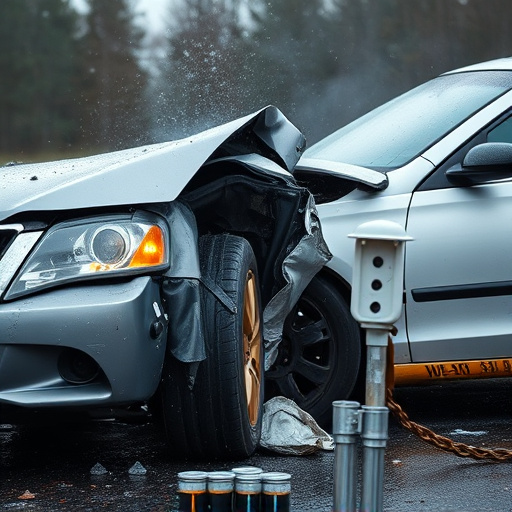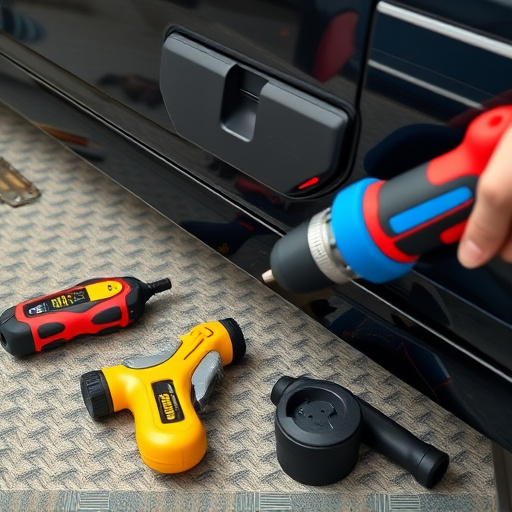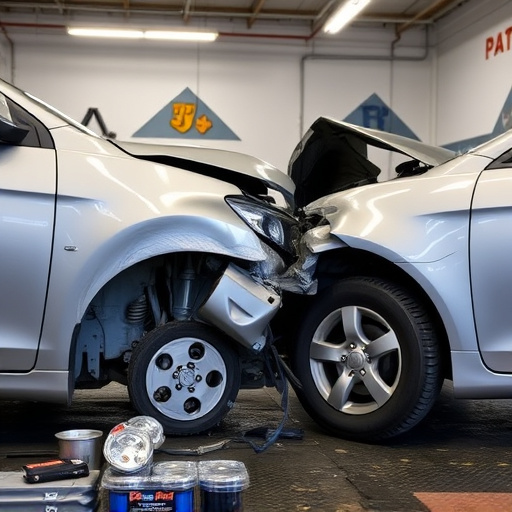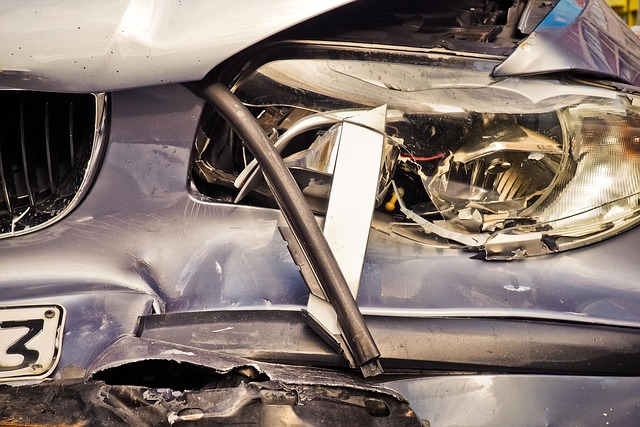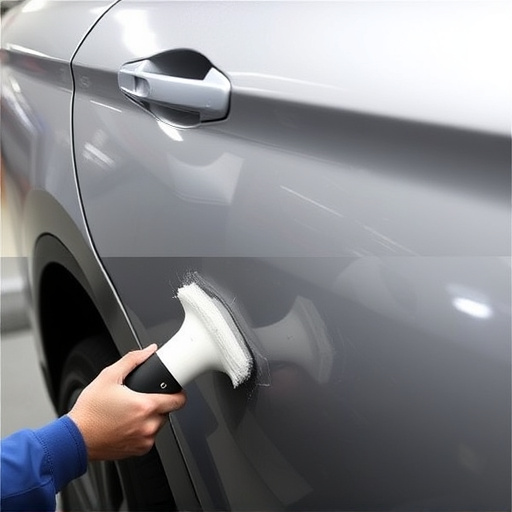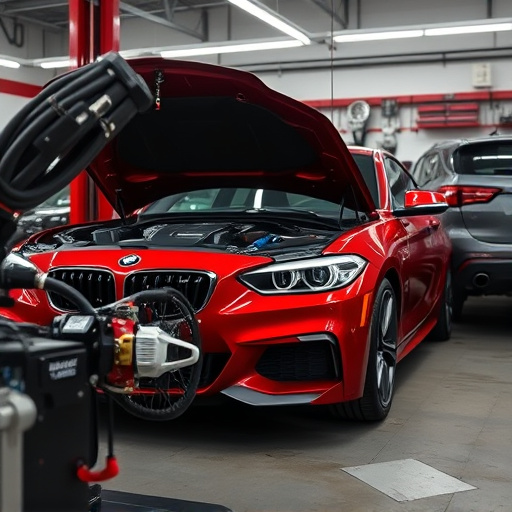OEM repair procedures are the industry's gold standard for auto body work, ensuring precise restoration of vehicles to their original design and safety standards after damage. These guidelines, developed by manufacturers, streamline repairs with strict quality control, minimal waste, and enhanced structural integrity, offering both performance and peace of mind for vehicle owners.
In today’s precision-driven automotive landscape, Original Equipment Manufacturer (OEM) repair procedures are essential for maintaining vehicle performance and safety. Understanding these protocols, often considered the gold standard, offers unparalleled repair accuracy. Precision engineering through OEM repairs ensures not just functionality but also preserves the quality and integrity of components. Quality assurance measures guaranteed by OEM procedures safeguard against substandard work, ensuring every repair meets exacting standards.
- Understanding OEM Repair Procedures: The Gold Standard
- Precision Engineering: Key Benefits of OEM Repairs
- Quality Assurance: Maintaining Standards Through OEM Procedures
Understanding OEM Repair Procedures: The Gold Standard
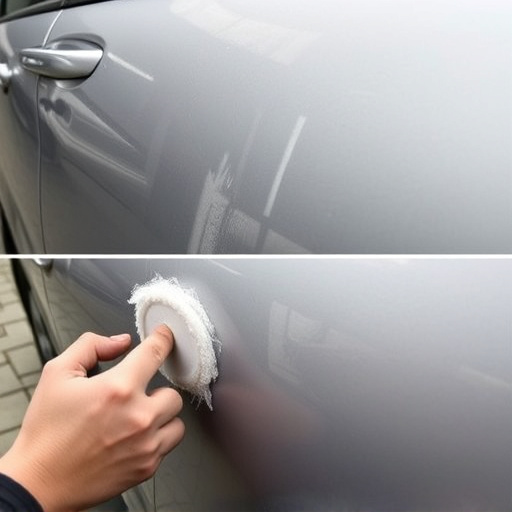
Understanding OEM Repair Procedures: The Gold Standard
OEM (Original Equipment Manufacturer) repair procedures serve as the gold standard in the automotive industry for ensuring precision and quality in car damage repair and car collision repair. These detailed, step-by-step guidelines are developed by the very manufacturers who design and produce vehicles, ensuring that every aspect of the car repair services is carried out according to their exacting standards. By adhering strictly to OEM procedures, certified technicians can guarantee that repairs are not only accurate but also reliable, maintaining the vehicle’s original performance and safety features.
Moreover, OEM repair procedures offer a comprehensive approach to car collision repair by addressing not just the visible damage but also potential hidden issues. This meticulousness is crucial in mitigating risks associated with subpar repairs, which can compromise the structural integrity of the vehicle and pose dangers to drivers and passengers. Thus, when car repair services follow OEM protocols, they uphold the highest standards of safety and quality, giving owners peace of mind that their vehicles are restored to their original condition without any compromises.
Precision Engineering: Key Benefits of OEM Repairs
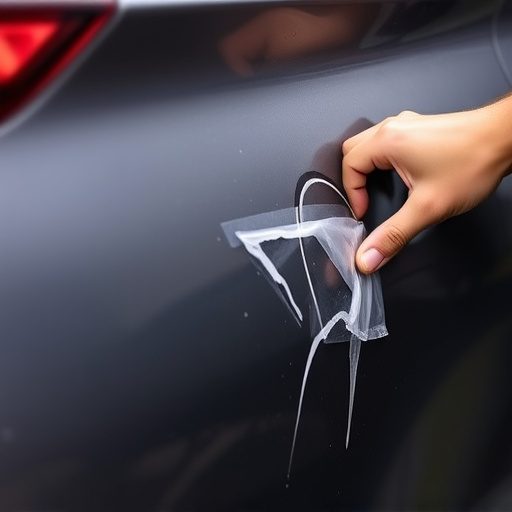
Precision engineering is a cornerstone of any reliable and lasting car body repair. OEM (Original Equipment Manufacturer) repair procedures offer a multitude of benefits that ensure such precision, making them indispensable in top-tier collision centers. By adhering to OEM standards, skilled technicians can accurately replicate the original design and specifications set by the vehicle manufacturer. This meticulous approach involves intricate frame straightening techniques, precise alignment of components, and adherence to strict quality control measures. These practices guarantee not only the structural integrity of the car body but also its safety and performance, ensuring a seamless return to the road.
OEM repairs also facilitate efficient workflows, reduce waste, and minimize the need for frequent parts replacements. The use of genuine OEM parts ensures compatibility, longevity, and optimal performance, further enhancing the overall repair quality. Moreover, these procedures are designed with environmental considerations in mind, promoting sustainable practices by minimizing debris generation and optimizing material usage, a significant advantage compared to generic aftermarkets solutions.
Quality Assurance: Maintaining Standards Through OEM Procedures
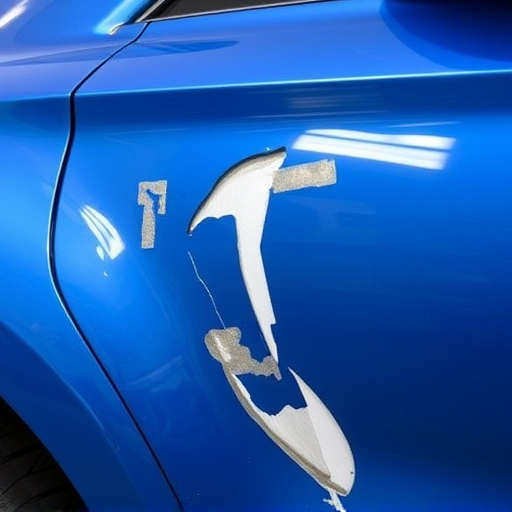
OEM repair procedures act as a quality assurance benchmark for auto body repairs and car body restoration. These standardized protocols ensure that every step of the repair process adheres to the manufacturer’s specifications, maintaining the vehicle’s original integrity. By following OEM guidelines, trained technicians can precisely replicate the design and functionality of the vehicle, even after a fender bender or other minor accidents.
This meticulous approach is vital for ensuring repair precision, as it minimizes errors and misalignments that could negatively impact the car’s performance and safety features. Using OEM procedures as a guide, skilled professionals can restore damaged components to their optimal state, maintaining the vehicle’s overall quality and value.
OEM repair procedures are the cornerstone for achieving unparalleled precision in vehicle repairs. By adhering to these rigorous standards, certified technicians ensure that every component is replaced and refurbished to exacting manufacturer specifications. This meticulous approach not only preserves the vehicle’s original performance but also guarantees long-lasting reliability, ultimately providing owners with peace of mind on the road. Embracing OEM procedures is essential for maintaining the integrity of modern automotive technology.

